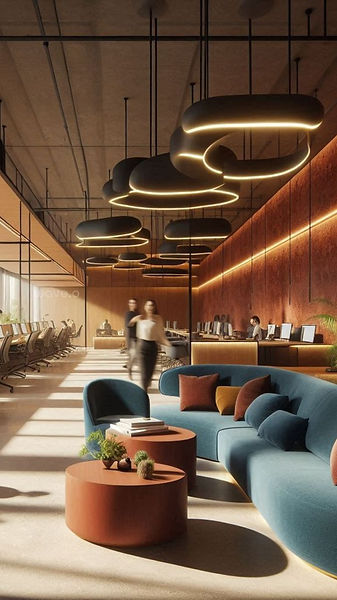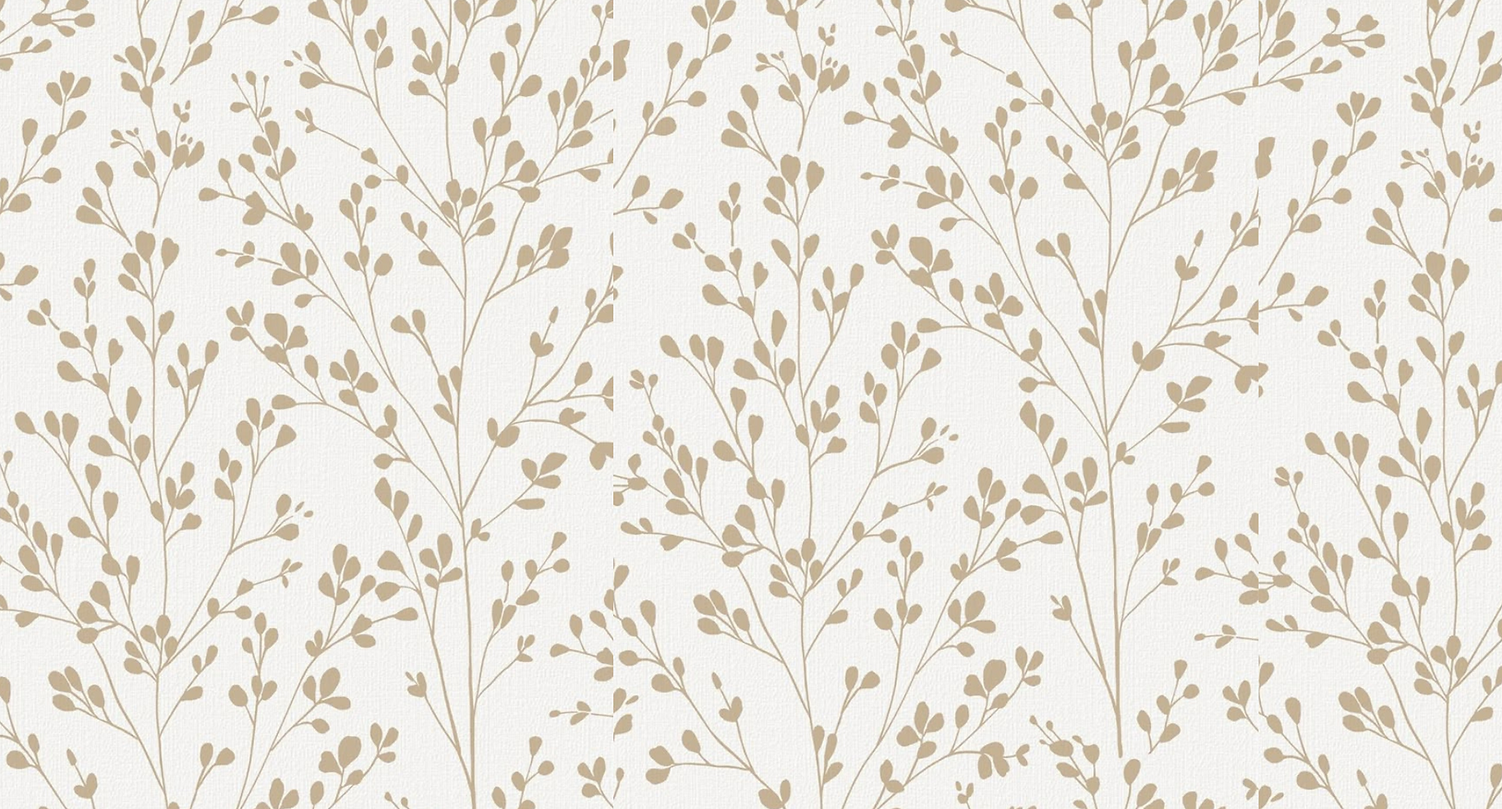.png)
.png)
.png)
.png)

Staging
Open House
-
Initial Consultation: A professional stager visits the home to assess its current condition and discuss goals with the homeowner or real estate agent.
-
Planning: The stager creates a staging plan, which might include decluttering, deep cleaning, repairs, painting, or rearranging furniture.
-
Decluttering & Cleaning: Personal items, excess furniture, and clutter are removed to make the space feel larger and more neutral. The home is thoroughly
-
cleaned.
-
Repairs & Updates: Minor fixes like patching holes, replacing outdated fixtures, or applying fresh paint may be done to improve the home’s appeal.
-
Staging: Furniture is rearranged or rented, and décor like artwork, rugs, pillows, and lighting is added to highlight the home’s strengths.
-
Final Touches: Small details are adjusted, like fresh flowers or subtle scents, to create a warm, inviting atmosphere for showings or photos.
-
Photography & Showings: Once staged, the home is professionally photographed and ready to be shown to potential buyers.

.png)


Commercial
Client Consultation & Briefing
-
Understand client goals, business model, and brand identity.
-
Discuss functional needs (e.g., office, retail, hospitality).
-
Design brief with scope, goals, and constraints.
2. Site Analysis
-
Visit the site to assess dimensions, structural elements, lighting, HVAC, etc.
-
Note limitations and opportunities (e.g., natural light, ceiling height).
-
Take measurements and photographs.
Output: Detailed site report + measurements for planning.
3. Space Planning
-
Create layouts that balance functionality, flow, and safety.
-
Allocate zones (e.g., reception, workspaces, meeting rooms).
-
Ensure compliance with codes (ADA, fire safety, etc.).
Output: Floor plans with zoning and circulation flow.
4. Concept Development
-
Develop the creative direction based on the brand and goals.
-
Choose themes, color palettes, materials, and mood boards.
-
Align aesthetics with brand identity and user experience.
Output: Concept boards, sketches, and 3D renders (optional).
5. Design Development
-
Refine plans with furniture, lighting, and finishes.
-
Detail out ceilings, walls, floors, and built-in elements.
-
Select FF&E (furniture, fixtures, and equipment) Output: Detailed drawings, material boards, and furniture specs.
6. Technical Drawings & Documentation
-
Prepare construction drawings for contractors.
-
Include electrical, plumbing, ceiling, and lighting plans.
-
Create a bill of quantities and product specifications.
Output: Full design documentation package for execution.
7. Cost Estimation & Budgeting
-
Finalize the budget based on specs and quotes.
-
Factor in labor, materials, delivery, and contingency.
-
Adjust design if needed to stay within budget.
Output: Final cost estimate and value engineering (if necessary).
8. Procurement & Coordination
-
Order furniture, finishes, lighting, and decor.
-
Coordinate deliveries, lead times, and on-site logistics.
-
Communicate with vendors, suppliers, and contractors.
Output: Procurement schedule and tracking sheet.
9. Project Execution & Site Supervision
-
Oversee construction and ensure adherence to design.
-
Manage timelines, quality checks, and snagging.
-
Resolve on-site issues and update clients regularly.
Output: Progress reports and quality control checklists.
10. Final Styling & Handover
-
Install furniture, artwork, and final touches.
-
Conduct final walk-through and resolve any defects.
-
Deliver documentation (manuals, warranties, etc.).
Output: Turnkey commercial space ready for use!


Renovations
1. Planning & Budgeting
-
Define the scope of the renovation (kitchen, bathroom, whole house, etc.).
-
Set a realistic budget.
-
Research costs and get rough estimates.
-
Decide whether to DIY or hire professionals.
2. Design & Layout
-
Sketch or digitally design the new layout.
-
Choose materials, finishes, and fixtures.
-
Hire an architect or interior designer if needed.
3. Permits & Approvals
-
Check local building codes.
-
Apply for necessary permits (especially for structural, plumbing, or electrical changes).
-
Schedule inspections if required.
4. Hire Contractors
-
Get multiple quotes.
-
Check reviews, licenses, and insurance.
-
Sign contracts outlining scope, payment, and timeline.
5. Demolition
-
Clear out furniture and protect surrounding areas.
-
Safely remove old fixtures, drywall, flooring, etc.
-
Dispose of debris responsibly.
6. Structural Work (if any)
-
Foundation, framing, or room extensions.
-
Roof repairs or replacements.
7. Systems Installation
-
Plumbing, electrical, HVAC.
-
Inspections after rough-ins (before walls are closed).
8. Walls & Flooring
-
Insulation and drywall.
-
Painting or wallpaper.
-
Install flooring (tile, wood, carpet, etc.).
9. Cabinets, Fixtures & Appliances
-
Kitchen and bathroom cabinetry.
-
Install light fixtures, sinks, toilets, appliances, etc.
10. Final Touches
-
Trim, molding, hardware.
-
Deep clean and final inspection.
-
Final walk-through with contractor.

Interior Design
Personal Profile
1: Understand the Client and Project
-
Initial consultation: Meet the client to discuss needs, goals, budget, and timeline.
-
Lifestyle and preferences: Understand their style, how they use the space, and special requirements (e.g., children, pets, disabilities).
-
Site visit: Take photos, measure the space, and observe lighting, layout, and architecture.
2: Define the Scope and Budget
-
Decide what areas are being redesigned (e.g., single room vs. full house).
-
Establish a realistic budget for furniture, materials, labor, and design fees.
-
Create a timeline with key milestones.
3: Concept Development
-
Mood boards: Create visual concepts with colors, textures, furniture styles, and inspirations.
-
Design style: Decide on a theme or style (modern, boho, minimalist, traditional, etc.).
-
Color schemes and materials: Pick initial palettes and finishes.
4: Space Planning and Layout
-
Use floor plans or digital tools to map furniture and circulation paths.
-
Ensure proper spacing and balance between elements.
-
Consider ergonomics and functionality (especially for kitchens, bathrooms, and offices).
5: Design Development
-
Finalize selections for:
-
Furniture
-
Lighting
-
Flooring
-
Wall finishes (paint, wallpaper, paneling)
-
Textiles (curtains, cushions, upholstery)
-
Accessories (art, mirrors, decor)
-
-
Prepare detailed design boards and sample presentations for approval.
6: Procurement
-
Order or purchase items and materials.
-
Coordinate delivery timelines.
-
Stay within budget, manage invoices and shipping logistics.
7: Execution & Installation
-
Coordinate with contractors, painters, carpenters, and electricians.
-
Supervise installations (e.g., cabinets, lighting fixtures, furniture placement).
-
Problem-solve any issues that arise during setup.
8: Styling and Final Touches
-
Add decorative elements: art, plants, vases, throws, etc.
-
Adjust lighting and furniture placement for the best effect.
-
Do a final cleaning or polishing for presentation.
9: Handover and Feedback
-
Walk through with the client.
-
Make any requested minor adjustments.
-
Gather feedback and document the completed project for your portfolio.
_jfif.jpg)